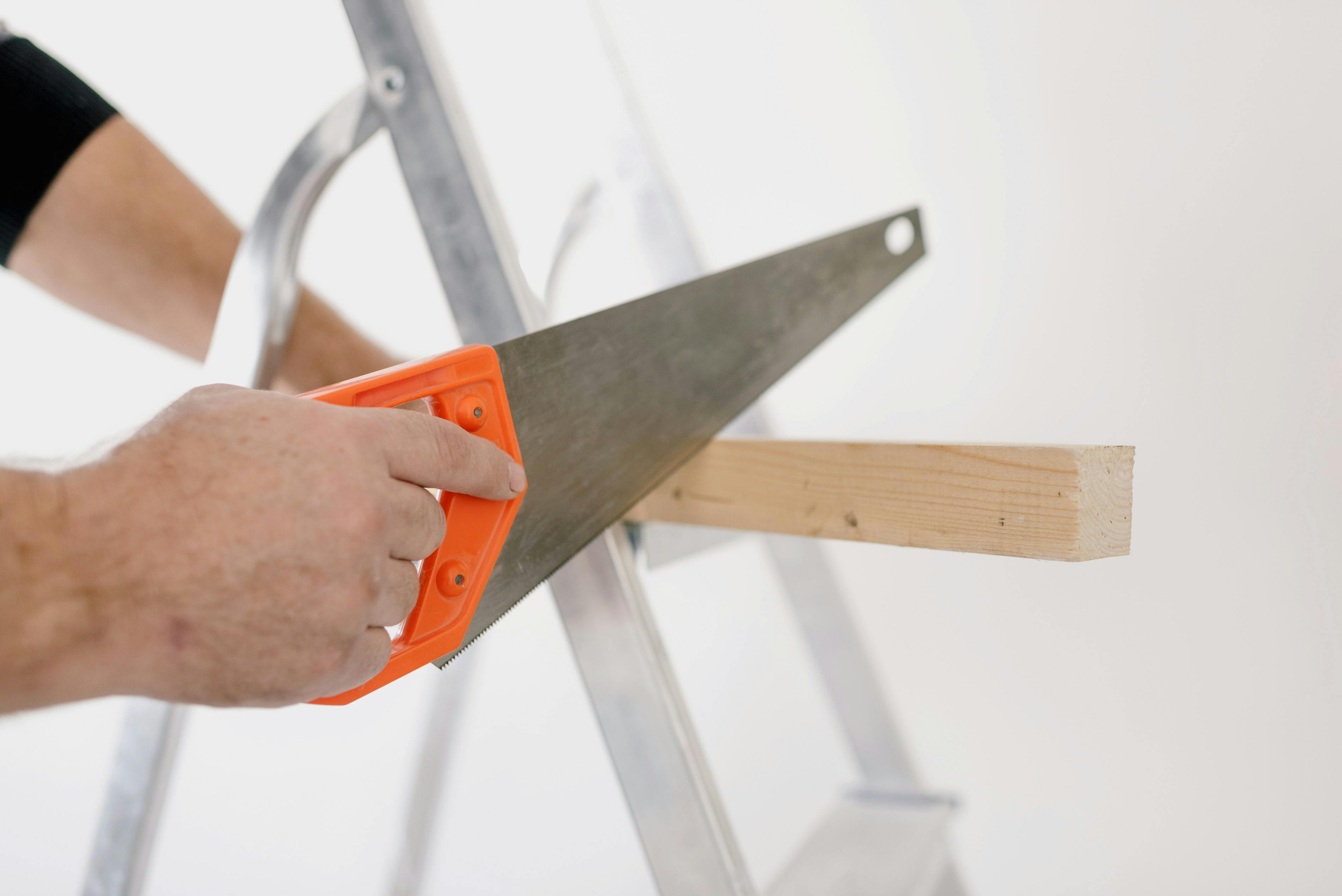Goal
This is one of those science fair experiments where you’ll try different materials to find out which ones conduct electricity well.
Introduction
Electricity has been known to exist since the time when the ancient Greeks rubbed amber and skin together, resulting in the production of static electricity.
The first notable achievement in this field was that of Alessandro Volta, an Italian physicist who developed the first circuit in 1800. He also showed that a circuit must be closed or complete in order for electricity to flow through it. Science fair experiments can be performed using circuits that demonstrate this principle.
Volta’s student Georg Simon Ohm made the following discovery in 1826. He observed that some materials did not allow electricity to pass freely. In other words, they resisted the flow of electricity through them. This resistance of a circuit is measured with a unit called ohms and is abbreviated with the Greek letter omega (?).
Some materials allow electricity to move through them, while others don’t. Materials that allow electricity to pass through them are known as conductive materials. Those materials that resist the passage of electricity through them are called insulators. The resistance of the conductive material is low while the resistance of the insulators is high. In science fair experiments, we can use copper wire as a conductor and plastic coating as an insulator.
In this experiment you will test different materials to see if they are insulators or conductors. You will solve the same thing by putting different materials in the circuit and noting how bright or dim the bulb is. You will create your own light bulb circuit for this purpose.
Materials
- paper clips, string, plastic, aluminum foil, rubber bands, etc…
- a battery (6V)
- 3 pieces of leads with alligator clips attached to both ends
- a light bulb (6V) with connected wires
- an insulating surface, such as a cutting board that is flat
Process
- Create the circuit to test the materials.
- Connect any of the battery terminals with cables. One end of the wire that is black should be connected to the (-) terminal and the free end should be connected to the bulb wire.
- One end of the red colored wire should be connected to the (+) terminal and the free end should be left as it is for connecting various materials.
- Connect the second wire from the bulb to one end of the yellow wire, leaving the end free as it is for various materials to adhere to.
- Now the red wire and the yellow wire will each have a free end. This is where the test materials will be connected.
- In science fair experiments, data is always recorded. So I drew a table with three columns to write the type of material, the source of the material, and the brightness of the bulb.
- Now connect the first piece of material to the circuit.
- Make a note of whether the bulb lights up and how bright it is. Continue for all other materials.
- You can connect an ohm meter and record the readings in the chart.
- Now make another table with three columns to write the names of the conductors, bad conductors, and insulators.
Please note that when the bulb is bright, the material has high conductivity and low resistance, and must be written in the conductor column. When the bulb is dim, the material has low conductivity and passes into the poor conductor column. When the bulb does not light, there is no conductivity and high resistance, and the material must be written in the insulator column. Now that he’s excited to go ahead with this experiment, his next step would be to download a free copy of “Easy Steps to Winning Science Fair Projects” from the link below right now.
